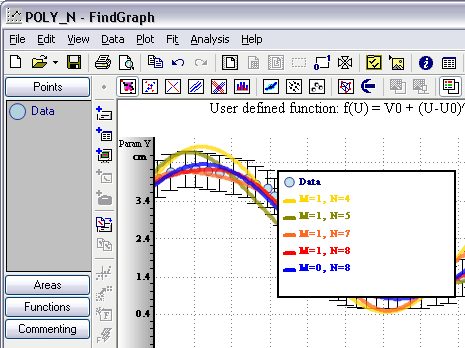

The other criterion is that some work was done, but not enough to reach the threshold (disengagement). One criteron is a significant discrepancy between completed/correct and warning/incorrect (either misunderstanding or they’re trying to game the activity). It flags student work that should be reviewed individually. Again, this all-or-nothing logic is based on my classroom expectations and could be adjusted. (Threshold and number of points can be adjusted in the sheet.) Any student that meets or exceeds that % threshold gets all the points. It assigns student points based on a % threshold. The max points are used as the denominator to calculate the % for each individual student. 20220601 Pikairos Calculate Non-Connected Subgraphs in Relational Graph using Network Mining. It then finds the maximum points that any student got. The SubGraph Extractor node is part of this extension. In my class, I emphasize participation over correctness, so I sum all statuses except for “Incomplete” and “Read,” but you could adjust that based on your class expectations. įor each submission, it counts the number for each slide status (Complete, Correct, Warning, Incorrect) and then uses a formula to determine whether they did enough work to get credit. I’ve included a summary behind the blur-cut, but I didn’t want it to be overwhelming for people who aren’t interested. If you’re interested in the logic for assigning points, it’s all in the sheet. Happy to help if you have questions or suggestions! I use the last name field for their student ID.
#Graph data extractor pdf
Of note, Desmos only has a first and last name field, not a student ID, so you may need to get creative on how you do deterministic lookups. The xyExtract software is used to extract data from a 2D graph (orthogonal and non-orthogonal axes) contained in a graphic file (scanned, PDF document, or in. The spreadsheet also includes a sheet, which contains lookup data that links my students’ Desmos info to their LMS info. (This is where the vast majority of my time is spent.)Ĭopy the final points from the sheet into the sheet.Įxport from the sheet and then import into my LMS gradebook. 2) Use the Engauge Digitizer (free) to digitize the. Manually review flagged student work and adjust their points as necessary. (Hint: GIMP allows to select a portion of any image and save it as a new image). It’s fine to append all classes together for a single activity. My daily grading takes about 20-30 minutes and looks like this:Įxport the activity for all my classes using the Chrome extension. It took some effort upfront, but since I do Desmos nearly daily in my classes, the automation has saved me a tremendous amount of time and headache over the course of the year. It’s a bit convoluted and requires some knowledge of spreadsheets, but it’s the best I’ve been able to come up with so far.

I’d be happy to share my version of this process if anyone’s interested.


 0 kommentar(er)
0 kommentar(er)
